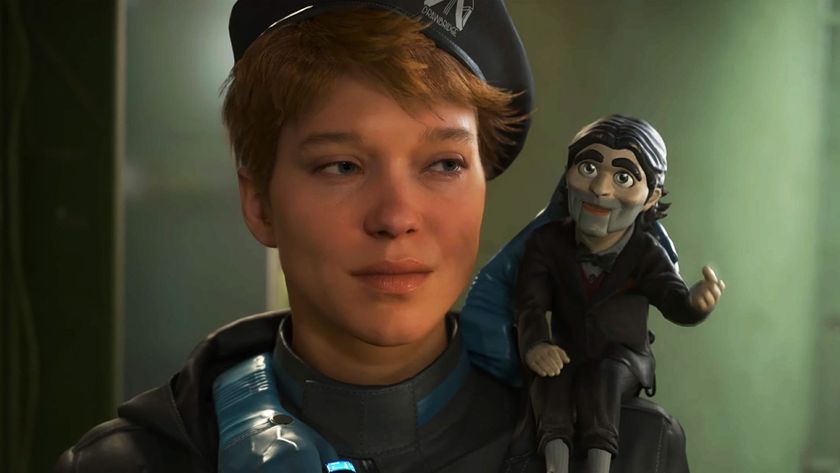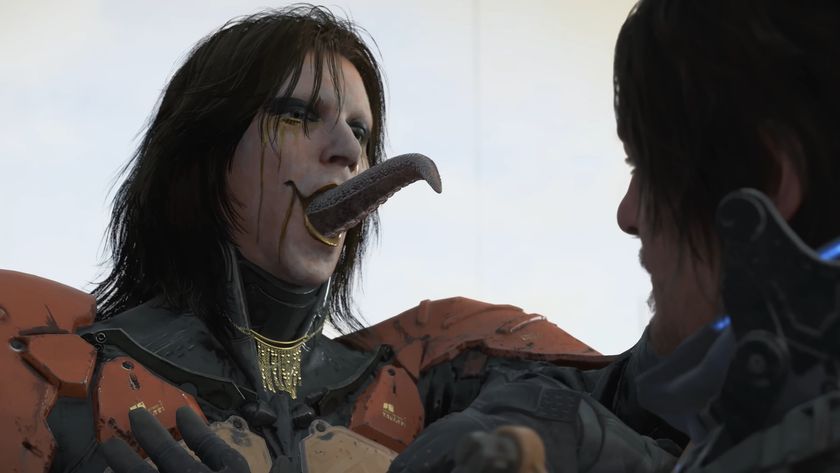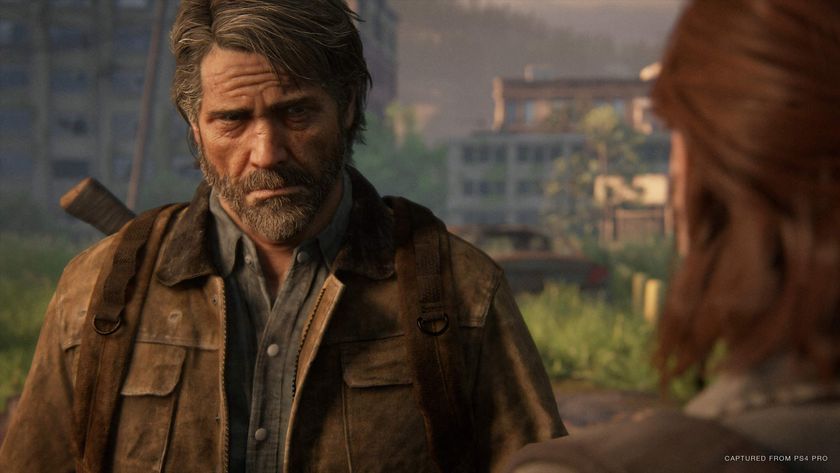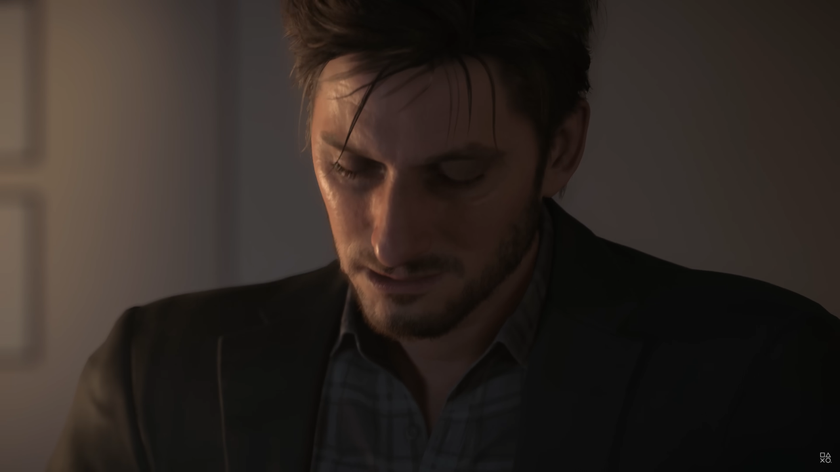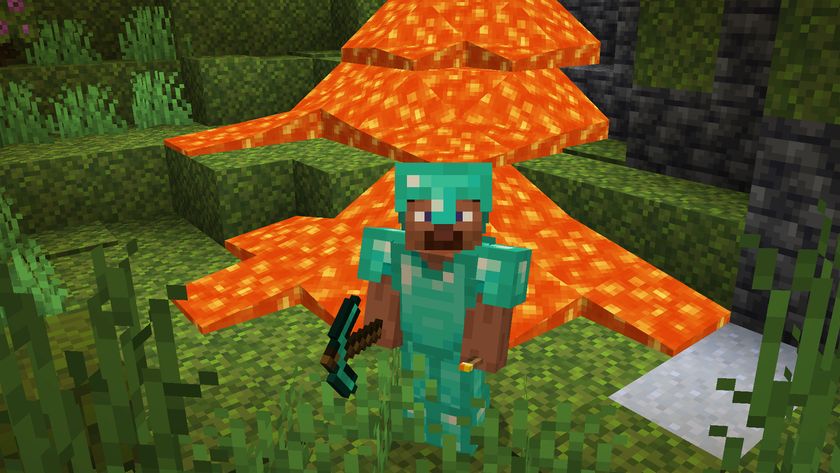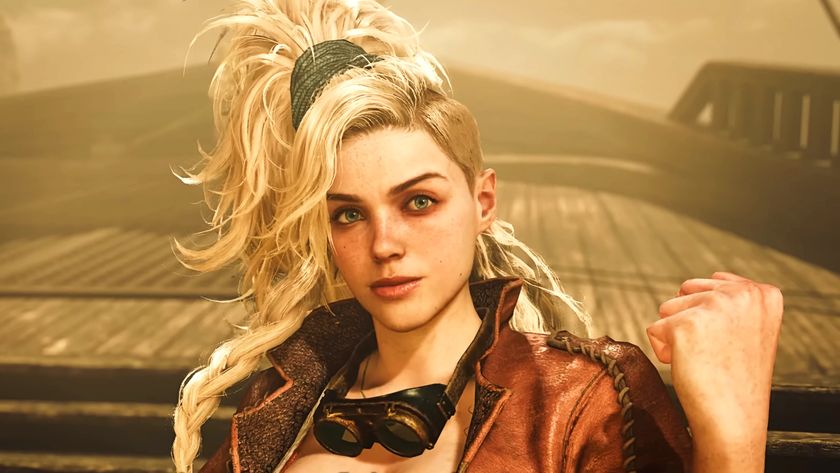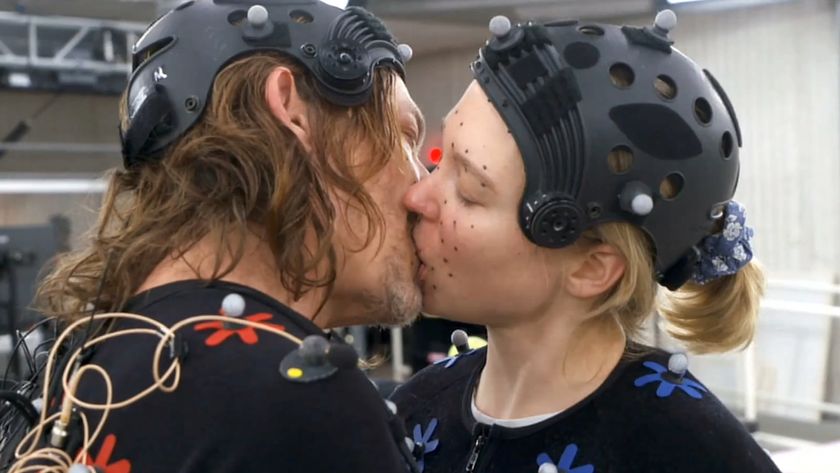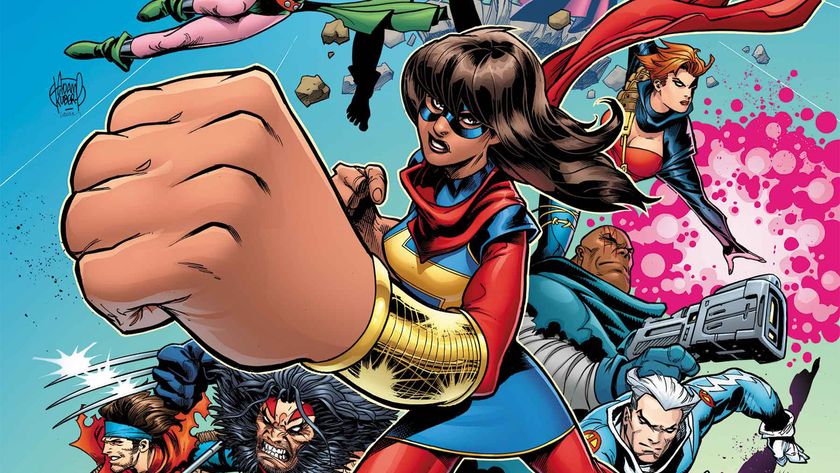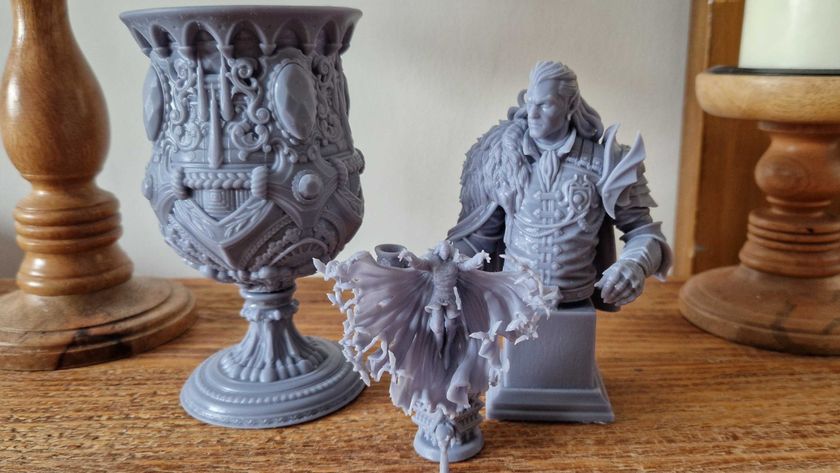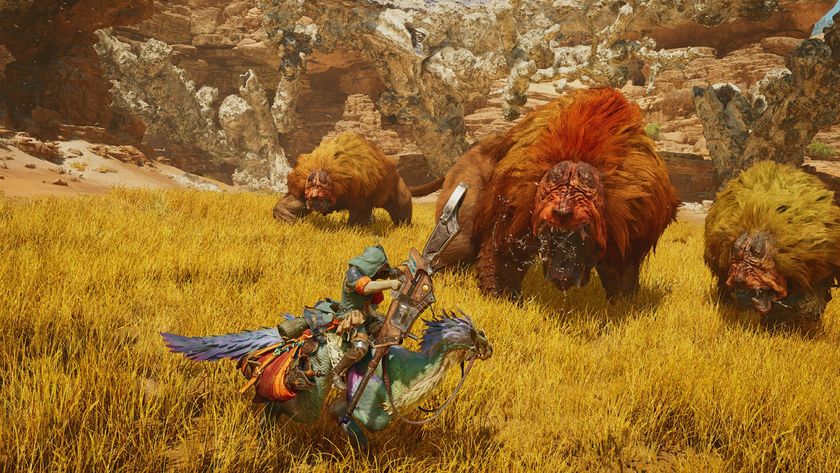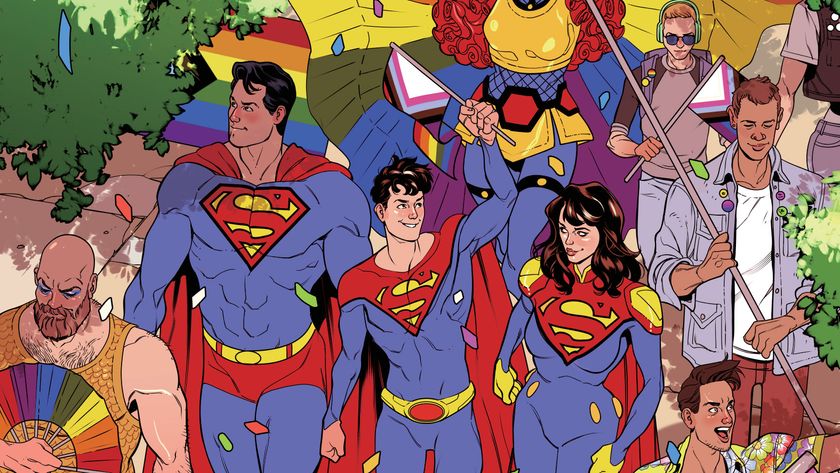Rocksteady on perfecting the Bat formula in Batman: Arkham Knight
Batman's latest incarnation in videogame flesh, Arkham Knight, has proved to be one of the first proper current-gen titles. Sure, Mr Wayne may be doing so much damage he might as well be killing his foes (just ask this actual doctor), but that doesn't mean we love him any less. (Even if the recent Batgirl DLC is disappointingly short.) In the latest issue of Edge, game director at Rocksteady Studios Sefton Hill talks how he and his team perfected the Bat formula.
Your Gotham is full of character. What do you have to take into account when filling up a city like this?
Something that I guess we learned from Arkham City was being able to make sure the player can see, and be drawn into, all these exciting experiences, and also fundamentally making sure that they all feel different. We also wanted to create a city that had a really high density of content, and everywhere you looked there was something exciting to do. And something that I think the step to [new hardware] really allowed us to do was fill the city with concurrent gameplay – all these events and actions and things you can get drawn into are all there, all running at the same time. I do think it comes back to those initial decisions when we were looking at designing all the different missions. I kind of hate the term ‘side mission’, because it makes them feel like they’re second-class citizens, and something we really wanted [was for them] to not feel like that.
The mission wheel works hard to declutter the game. Did you feel like that was something you took away from making City, or from the industry as a whole?A lot of design is through kind of frustration – when you’re trying to access all of this content in other open-world games that I play, trying to understand all of that content can be very frustrating. So we came up with the idea of the mission wheel. It was an idea that I came up with quite late, a couple of years in, once we’d got in a lot of the missions. We wanted a good way for the player to contextualise all the missions very quickly. Because when you’re just scrolling around on a map picking icons, it doesn’t have any kind of heart and soul behind it, it doesn’t explain the context behind what you’re doing. So we wanted a really quick way – there are 14 of these Most Wanted missions in the game to go after – for the player to really understand the context behind those.
The tone of Arkham Knight’s writing is different – it’s more hallucinogenic, and digs into the darker parts of Batman’s psyche. How did you approach it?
Well, I guess up front we knew where we wanted to go with the story, but obviously we have this vehicle, a way we can really delve deep into Batman’s psyche and give you that kind of unique look through Batman’s inner monologue. So that was something that allowed us to show his workings, and allowed the writing to be darker, more emotional and expressive of what’s happening behind the scenes. The core theme of the game is how Batman’s allies are his strength and his weakness, and he has some really difficult dilemmas in that. I think that one thing we were really trying to do was focus the game – because of the size of the game, I didn’t want to lose that heart and soul that we had going right back to Asylum. And Batman faces some real tough dilemmas; at times he can be a real bastard. But, you know, I think we take you on that journey and you can understand why he has to make the choices that he does.
The Batmobile plays a massive role. Did you come to the planning phase with a lot of its uses in mind? We definitely came with a lot of ideas, and worked on it with Adam Doherty, who’s the player code director. But fundamentally, we didn’t want [the Batmobile] to feel a separate entity to Batman; we wanted it to feel like the ultimate Batman gadget. That was really the focus of what we wanted. We never planned for there to be discrete driving levels and then you never get the car again – we were only going to do it if it was something that was totally inherent to the design right from day one. It did develop over time as well. I can’t say we started off with the way Battle mode works; [it’s] completely different to Pursuit mode. We knew we wanted those areas in the game, but the way that’s controlled, that’s something we iterated on over time. Saying that, we always have a rule that if it’s not good enough, it doesn’t stay in the game.
The latest issue of Edge, with Dark Souls 3 on the cover, is out now. Download it here or subscribe to future issues.
Sign up to the 12DOVE Newsletter
Weekly digests, tales from the communities you love, and more
Dom has been a freelance journalist for many years, covering everything from video games to gaming peripherals. Dom has been playing games longer than he'd like to admit, but that hasn't stopped him amassing a small ego's worth of knowledge on all things Tekken, Yakuza and Assassin's Creed.
